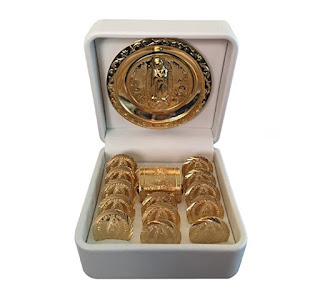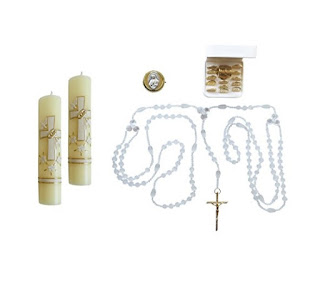Medieval wedding traditions still practiced today
Medieval wedding traditions still practiced today include wedding vows (much of the same wording is still utilized today), the bride still stands on the left and groom on the right (a tradition tied to the history of the best man), the ring exchange and the fact that the ring is still placed on the fourth finger of the left hand – all these are basically the same as during the Middle Ages. And then there is the large feast and a time for music and dancing following the wedding ceremony.This foundation of rituals gives brides and grooms plenty to work with, and if you’re a creative couple, the following medieval wedding practices can provide the artistic fodder needed to make your day original and special. Think medieval wedding decorations, a venue such as a castle wedding, dressing in period clothing, and coming up with a medieval menu for your feast.
 |
| Peasant weddings were often held in a barn or outdoors. |
Medieval marriage facts
The first question to ask yourself is: Do you want a peasant marriage from the middle ages or something more like the marriage of a noble or even a royal? Here's what you need to know:- Peasant marriage in the middle ages: Peasant women had the most freedom when it came to marriage because those of the lower class were free to marry for love though many took place more because of need. You see, because they were poor, peasants were often needed to help with family work. As a result, they often married later and the ceremony was simple and they held their feast in a barn or outdoors.
- Medieval royal wedding traditions: While royal weddings in the Middle Ages were filled with pomp they were most often political in nature and never amounted to more than that for the bride and groom.
- Noble marriage in the middle ages: Nobel marriages were for the most part more of a contract than a celebration as we think of a wedding today. Husbands and wife were often promised at birth and didn’t even know each other. Weddings could take place once the girl reached puberty and it was common for nobility to hold a wedding ball.
Medieval wedding decorations
In Medieval times, tapestries decorated the walls. A raised table would be located at one end of the hall to seat the lord and his family plus any distinguished guests. On the main floor, two tables seated the rest of the guests who were seated on stools on only one side of the table so they could see the lord.
The medieval wedding feast
- Forks hadn’t been invented yet, so no forks and guests were required to bring their own spoon and knife and stoup to drink from. These drinking vessels were commonly crafted of wood or clay.
- 3-7 courses would be served but back then each course could include a mix of appetizers, main courses or desserts.
- Guests were numbered in groups (called a “mess”) of 2-6 people who would “share” the food set before them.
- Between courses as the tables were cleared, guests were provided with entertainment. Think jugglers, musicians, court jester.
 |
Medieval Celebrations: How to Plan Holidays, Weddings, and Feasts with Recipes, Customs and Costumes |
Medieval wedding game
Some links in this post are affiliate links. We are a participant in the Amazon Services LLC Associates Program, an affiliate advertising program designed to provide a means for us to earn fees by linking to amazon.com and affiliate sites.
Thanks for reading!




























